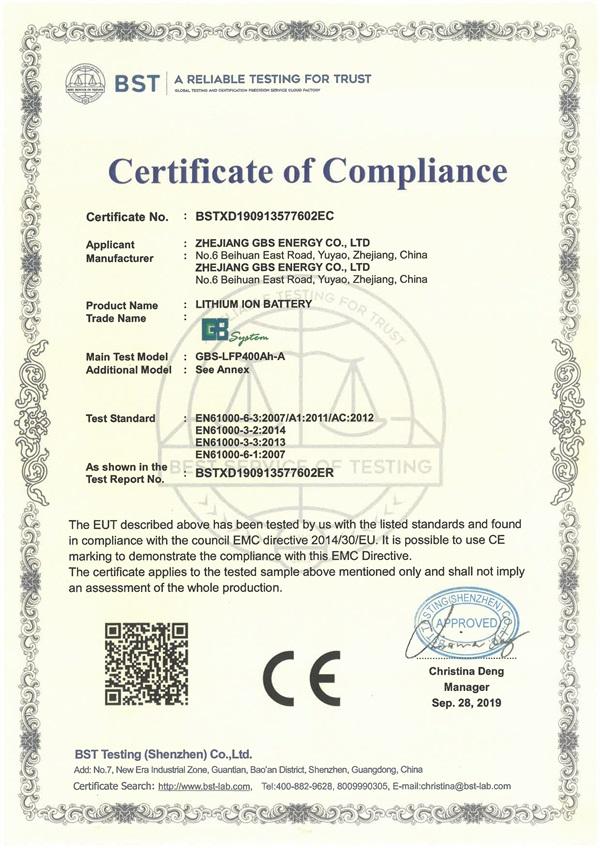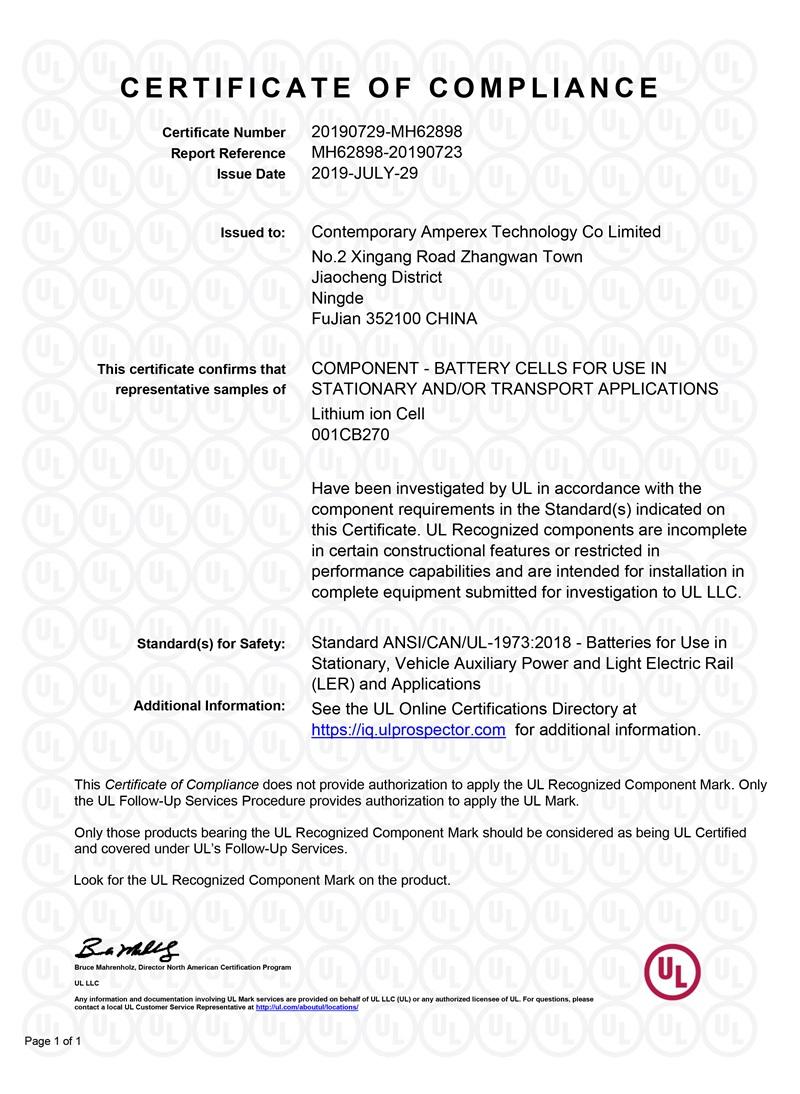Blog
Understanding the Differences Between IMR, ICR, INR, and IFR 18650 Batteries: Composition, Performance, and Applications
2025-06-03 | Calvin
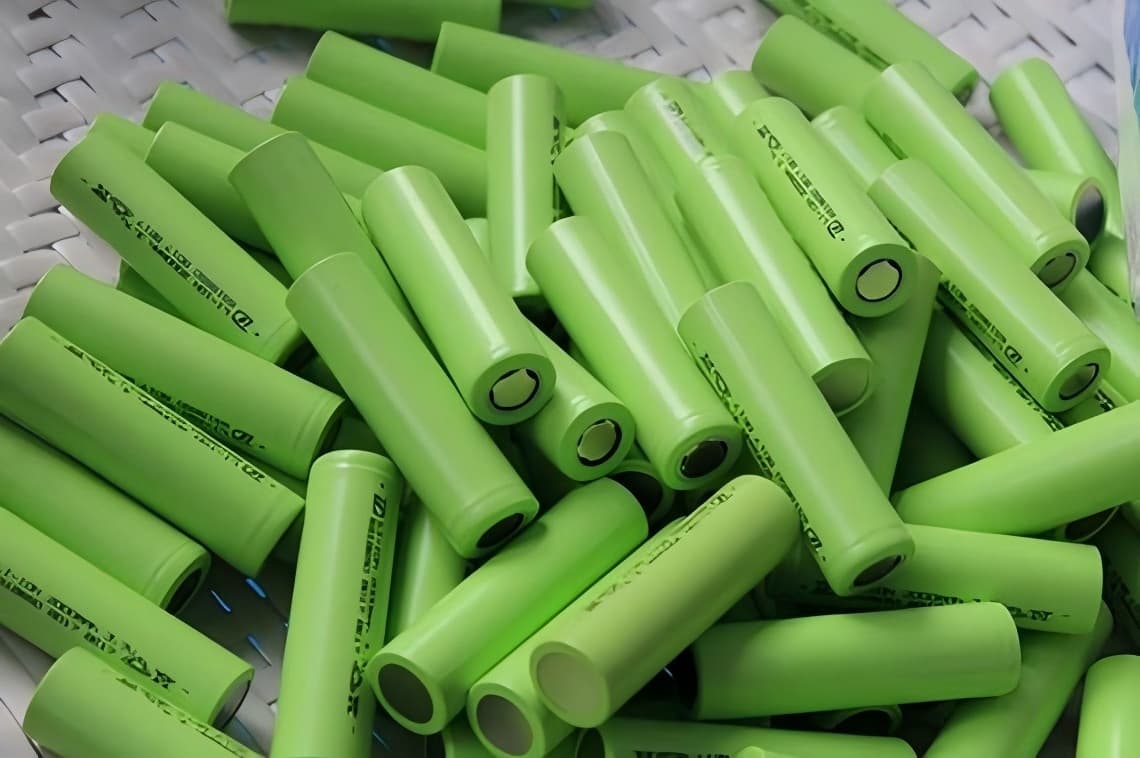
When it comes to 18650 cylindrical batteries, understanding the differences between IMR, ICR, INR, and IFR types is crucial. These classifications represent the chemical composition and performance characteristics of the batteries, which determine which type is best suited for specific device needs. This article will provide an in-depth analysis of IMR, ICR, INR, and IFR batteries, helping you better understand their unique features and applications.
Part 1. IMR 18650 Battery

I: Lithium (Li)
M: Manganese (Mn)
R: Round cell (R)
Chemical Composition
IMR 18650 batteries, also known as "Lithium Manganese Oxide Rechargeable" batteries, use a special material called lithium manganese oxide (LiMn2O4) for their cathode. This unique setup gives these batteries some special traits that make them perform differently and safely compared to other types of batteries.
Advantages
- Improved Safety: The incorporation of lithium manganese oxide enhances the overall safety of the battery, significantly mitigating the risk of thermal runaway. This chemical composition improves the battery's stability during both charge and discharge cycles.
- Reduced Internal Resistance: IMR batteries are characterized by their lower internal resistance, allowing for higher discharge rates. This property makes them ideal for high-drain applications that demand rapid power delivery, such as vaping devices and high-output flashlights.
Disadvantages
- Energy Density Concerns: In comparison to other 18650 battery variants, IMR batteries may exhibit a slightly lower energy density. This characteristic can result in reduced overall battery life or capacity, making them less suitable for extended, low-power applications.
Applications
- Vaping Mods: IMR cells are a top choice in the vaping community, delivering quick power bursts that make vaporization efficient and enjoyable.
- Portable Lighting Systems: IMR batteries are perfect for high-performance flashlights and portable lighting, providing instant high power whenever you need it most.
- Power Tools: Whether it's a power drill or saw, IMR batteries provide the rapid power bursts required for high-drain tools, ensuring you get the job done efficiently.
Part 2. ICR 18650 Battery
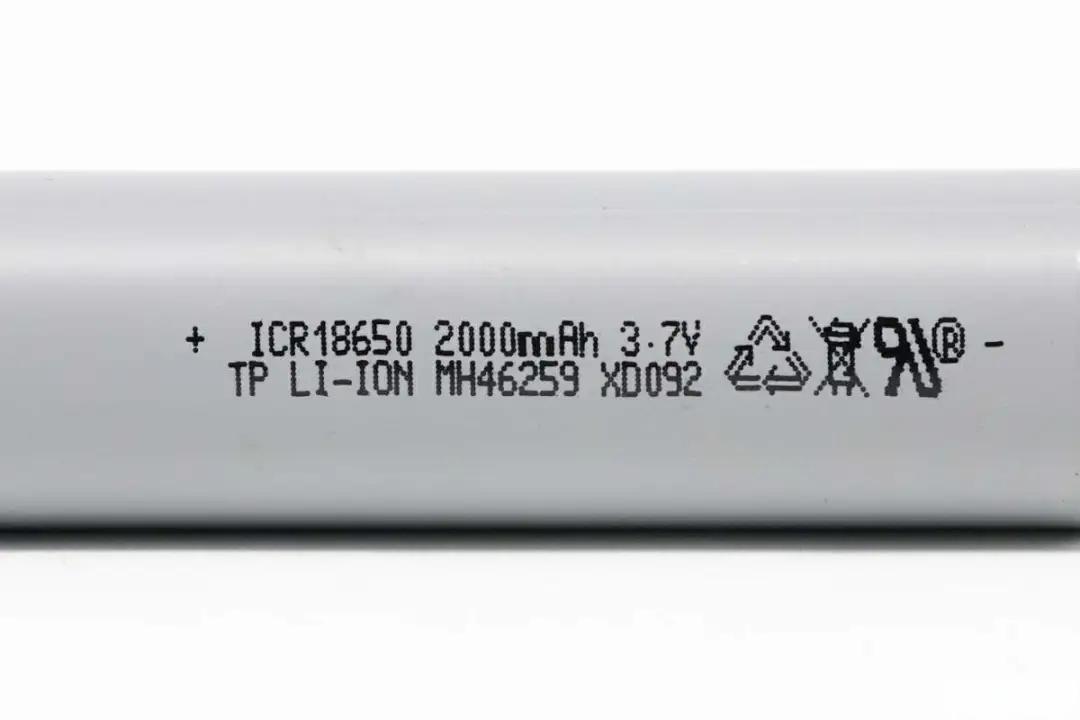
I: Lithium (Li)
C: Cobalt (Co)
R: Round cell (R)
Chemical Composition
ICR 18650 batteries, also called "Lithium Cobalt Oxide Rechargeable," use lithium cobalt oxide (LiCoO2) in their cathode. This unique setup sets them apart from other 18650 batteries and greatly affects their performance and safety.
Advantages
- High Energy Density: ICR batteries have a high energy density, enabling them to store more energy than many other 18650 types.
Disadvantages
- Safety Risks: The lithium cobalt oxide chemistry in ICR batteries can lead to overheating and instability, especially under high-drain conditions. Proper safety management is essential.
- Lower Discharge Rates: ICR batteries have slower discharge rates compared to some other types, like IMR, making them less suitable for high-drain devices that need quick power bursts.
Applications
- Consumer Electronics: ICR batteries are ideal for laptops, digital cameras, and other portable electronics, offering long-lasting power with stable output.
- Low-Drain Devices: ICR batteries are used in devices like medical equipment and low-power flashlights, providing steady energy over time without the need for rapid power bursts.
Part 3. INR 18650 Battery
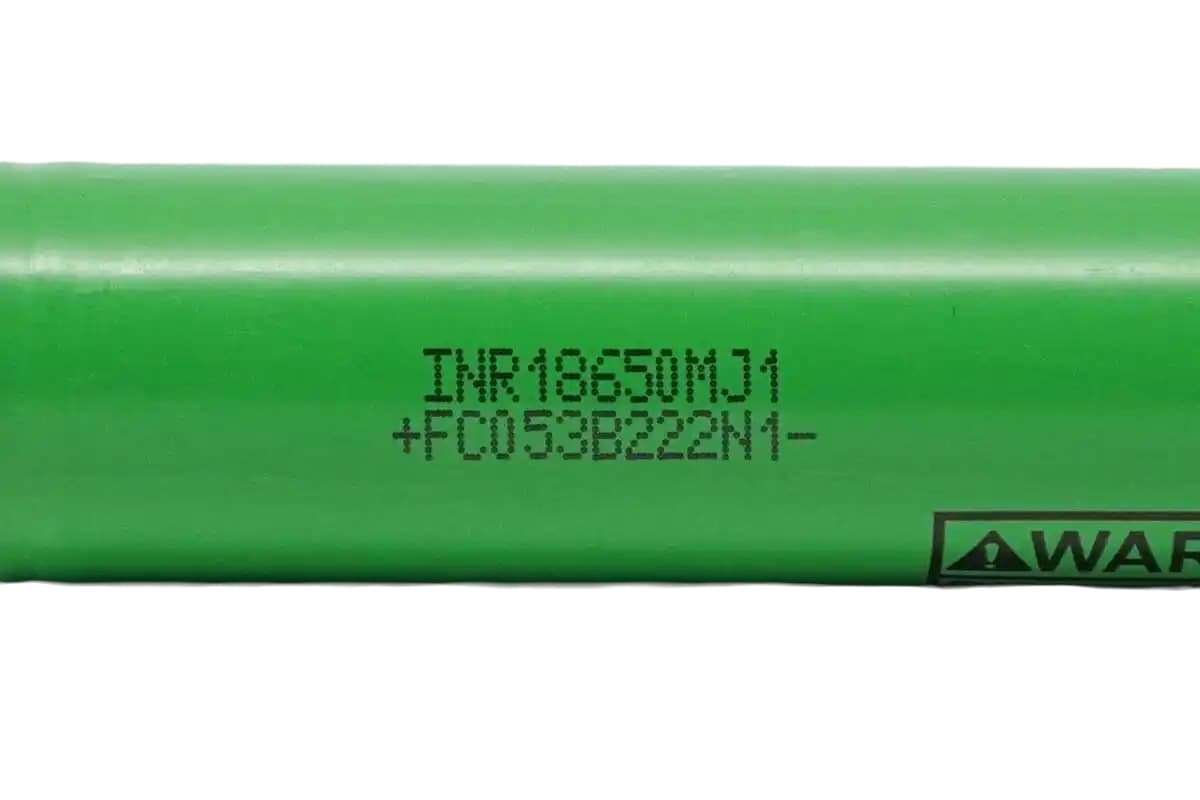
I: Lithium (Li)
N: Nickel (Ni)
R: Round cell (R)
Chemical Composition
INR 18650 batteries, or "Lithium Nickel Manganese Cobalt Oxide Rechargeable," use a mix of nickel, manganese, and cobalt in the cathode. This composition has a major impact on their performance.
Advantages
- Balanced Performance: INR batteries provide a good mix of capacity and discharge rates, delivering moderate capacity with reliable power output.
- Improved Stability: INR batteries offer better stability than ICR cells, reducing the risk of overheating in high-drain situations.
Disadvantages
- Moderate Energy Density: INR batteries have a slightly lower energy density than some other types, which can impact their capacity and runtime.
- Moderate Capacity: INR batteries offer a more moderate capacity compared to high-capacity options like ICR cells, making them less ideal for applications needing large energy storage.
Applications
- Portable Electronics: INR batteries are ideal for laptops, power banks, and some tools, providing steady power over moderate periods.
- Moderate-Drain Devices: INR batteries work well in devices like mid-range flashlights or moderate-power appliances, offering a good balance between capacity and power output.
Part 4. IFR 18650 Battery
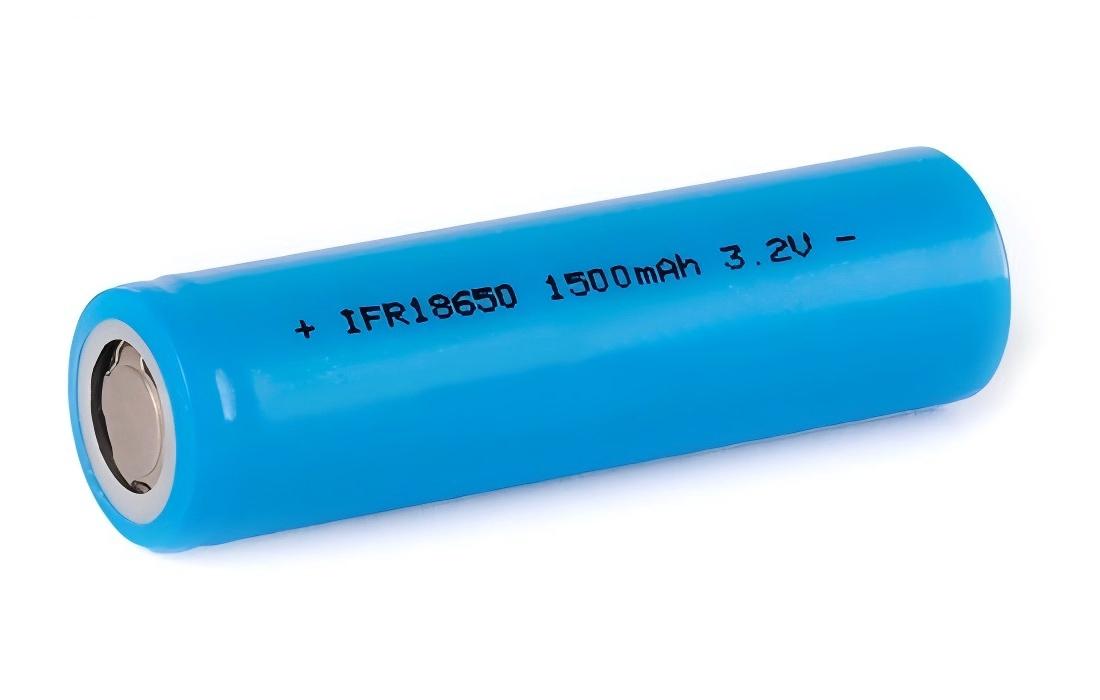
I: Lithium (Li)
F: Iron (Fe)
R: Round cell (R)
Chemical Composition
IFR 18650 batteries, or "Lithium Iron Phosphate Rechargeable," use iron phosphate (LiFePO4) as their cathode material. This unique composition sets them apart from other 18650 types and significantly impacts their performance.
Advantages
- Enhanced Safety: IFR batteries are known for their excellent safety, with lithium iron phosphate reducing the risk of overheating and instability during use.
- Longevity: IFR batteries last longer than many other 18650 types, making them a popular choice for applications that value durability.
Disadvantages
- Lower Energy Density: IFR batteries typically have a lower energy density, which affects their overall capacity and energy storage.
- Moderate Discharge Rates: With moderate discharge rates, IFR batteries are less suited for high-power applications that need quick bursts of energy.
Applications
- Solar Power Storage: IFR batteries are perfect for solar power systems, offering both safety and long-lasting performance.
- Electric Vehicles: Electric cars and bikes use IFR batteries for their safety and durability, providing reliable power over time in high-demand environments.
Part 5. Differences between IMR, ICR, INR, and IFR 18650 batteries
Similarities
- All Lithium-ion: IMR, ICR, INR, and IFR batteries are all lithium-ion types, using lithium-based chemistry in their design.
- Rechargeable: These batteries are rechargeable and can be used multiple times before requiring replacement.
Differences
1. Chemical Composition
- IMR: Lithium Manganese Oxide (LiMn2O4).
- ICR: Lithium Cobalt Oxide (LiCoO2).
- INR: Lithium Nickel Manganese Cobalt Oxide.
- IFR: Lithium Iron Phosphate (LiFePO4).
2. Performance Characteristics
- IMR: Features low internal resistance, allowing for high discharge rates, ideal for high-drain devices.
- ICR: Provides high capacity but can pose safety risks due to potential overheating in high-drain situations.
- INR: Balances capacity and discharge rates, making it suitable for moderate-drain devices.
- IFR: Focuses on safety, stability, and longevity, rather than high capacity or discharge rates.
3. Applications
- IMR: Ideal for high-drain devices such as vaping mods, power tools, and high-powered flashlights.
- ICR: Best suited for low-drain devices like laptops, digital cameras, and low-power appliances.
- INR: Suitable for moderate-drain devices like laptops, power banks, and mid-range tools.
- IFR: Perfect for applications like solar power storage and electric vehicles, focusing on safety and durability.
4. Safety and Longevity
- IMR and IFR: These are typically safer than ICR, with IFR focusing on safety and longevity.
- INR: Provides a balanced mix of safety and performance.
Contact Details
Lithium LiFePO4 Batteries and Lithium LiFePO4 Cells Supplier - LiFePO4 Battery Shop
Contact Person: Miss. Elena Wang
WhatsApp : +8615263269227
Skype : +8615263269227
WeChat :15263269227
Email : info@lifepo4batteryshop.com
All Products
- CALB Battery (0)
- Cylindrical Cell (1)
- Energy Storage System (0)
- Battery Management System (0)
- Sodium ion Battery Cell (0)
- Lithium Titanate Battery (0)
- Ternary Lithium Battery Cell (0)
- REPT Battery (2)
- BYD Battery (2)
- CATL Battery (1)
- Thunder Sky Winston Battery (0)
- EVE Battery (9)
- LiFePO4 Battery Cell (2)
Certification
Customer Reviews
- I have fond memories of our meeting in Shanghai with LiFePO4 Battery Shop Elena. Your company left a strong impression on me with its impressive growth and professionalism. We both value straightforwardness and honesty, which I believe are the most important qualities in any partnership. I am confident that we can build a successful collaboration based on these shared values. —— Robert from USA
- I've been working with LiFePO4 Battery Shop for years, and their reliability is unmatched. While other suppliers frequently change sales teams, LiFePO4 Battery Shop has consistently provided exceptional service with a stable team. Their commitment to quality and customer support truly sets them apart. —— Henry from Australia


